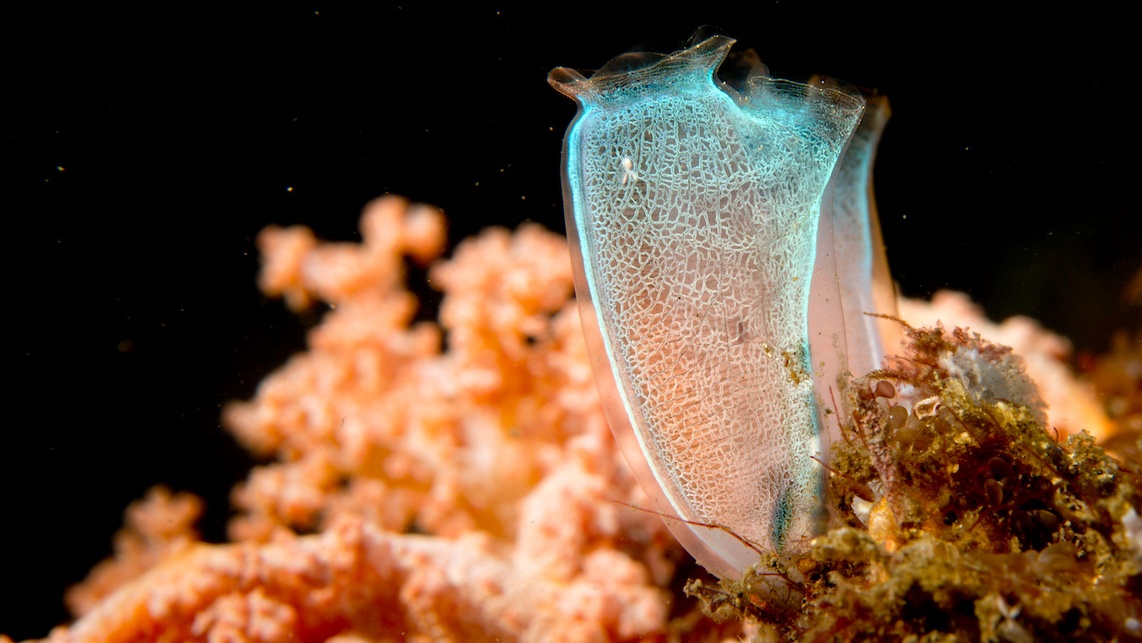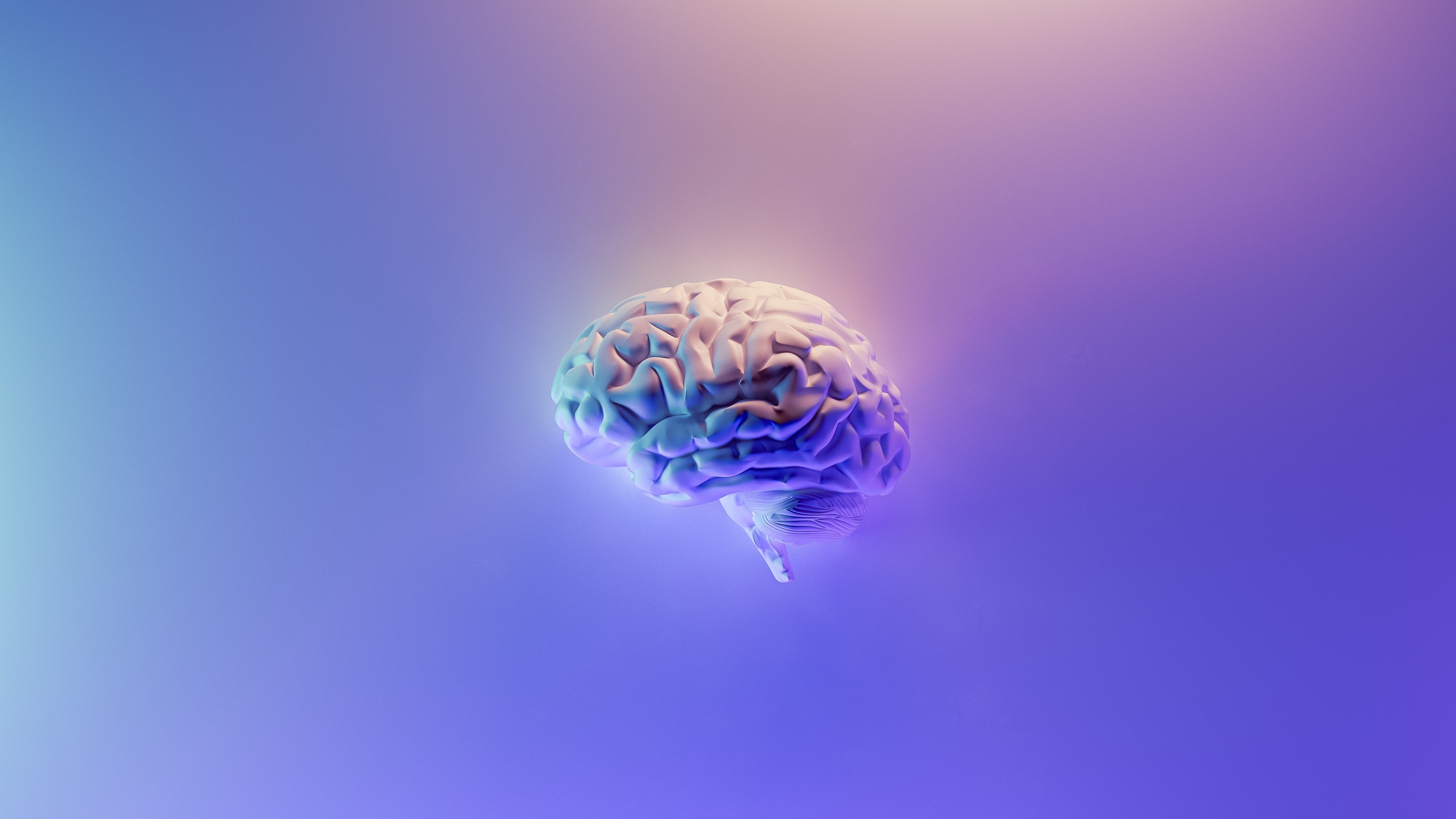Scientists Have Figured Out How to Selectively Erase a Snail Memory

A newly published study reports that researchers at scientists at Columbia University Medical Center (CUMC) and McGill University have successfully selectively manipulated the associative and non-associative memories of a snail. The hope is that this research can lead to medications capable of erasing destructive memories that result in severe anxiety or PTSD without affecting other, useful memories. (Have you seen Eternal Sunshine of the Spotless Mind?)
Co-author Samuel Schacher, PhD, a professor of neuroscience in the Department of Psychiatry at Columbia University Medical Center (CUMC), explains associative and non-associative memories this way to CUMC’s Newsroom: “The example I like to give is, if you are walking in a high-crime area and you take a shortcut through a dark alley and get mugged, and then you happen to see a mailbox nearby, you might get really nervous when you want to mail something later on.” The mugging and the mailbox in his example represent a non-associative memory — a straight-ahead recollection of an event, in this case the attack — and a non-associative memory — the innocent mailbox — that’s connected in the victim’s mind to the mugging. Obviously, a mailbox is unlikely to be a valid signifier of danger, but the invalid association can stick and unnecessarily trigger fear in the victim going forward.

(PETER BALDES)
The researchers were interested in testing a hypothesis regarding this connection. Brains increase the strength of, and maintain the connection between, neurons to create long-term memories. Earlier research has suggested that the neuronal connections involved with associative memories share common properties with the connections that preserve long-term memories. This may mean that it would be impossible to remove a neuron’s mechanism for storing non-associative memories, since that same mechanism would also be responsible for other types of memory associated with the neuron. You’d be wiping all of the neuron’s memories — associative and non-associative — together. Non-associative memories are valuable because, after all, they can “can help people make informed decisions in the future — like not taking shortcuts through dark alleys in high-crime areas,” Schacher notes.
The test subject was the marine snail Aplysia. (There are a number of Aplyisia varieties, and it’s not clear which one was used in the experiments.)

Aplysia fasciata. The red residue on the sand is dye the snail secretes as a defense. (HANS HILLEWAERT)
The researchers stimulated two sensor neurons connected to a single motor neuron. Classical, or Pavlovian, conditioning created an associative memory. A non-associative memory was created using sensitization, where the neuron is sensitized to a stimulus to which it’s repeatedly exposed.

(SCHACHER LAB/COLUMBIA UNIVERSITY MEDICAL CENTER)
Once created, the researchers were able to measure the strength of their connections, and they found it was being maintained by a Protein Kinase M (PKM) molecule. And here’s the promising part: The strength of the associative memory’s connection was tied to a PKM Apl III molecule, while the non-associative memory’s connection owed its strength to a PKM Apl I molecule. They were able to erase either memory by blocking its associated PKM molecule without affecting the other memory. They also found that other molecules which affect the presence of the PKMs could effectively erase specific memories.
Since humans have similar versions of the PKM proteins, the researchers are encouraged. “By isolating the exact molecules that maintain non-associative memory, we may be able to develop drugs that can treat anxiety without affecting the patient’s normal memory of past events,” says co-author Jiangyuan Hu, PhD, an associate research scientist in the Department of Psychiatry at CUMC.
Schacher adds, “Our study is a ‘proof of principle’ that presents an opportunity for developing strategies and perhaps therapies to address anxiety. For example, because memories are still likely to change immediately after recollection, a therapist may help to ‘rewrite’ a non-associative memory by administering a drug that inhibits the maintenance of non-associative memory.”





